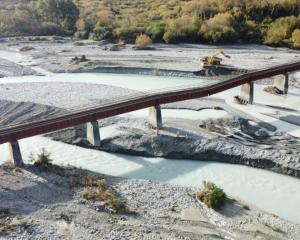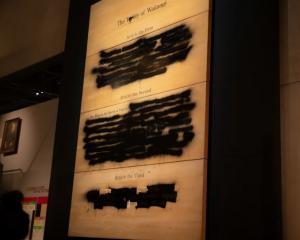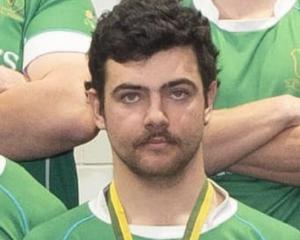Aircraft will have to fly higher and faster over some Auckland suburbs in a new flight path to Auckland Airport after residents complained the noise had become intolerable.
But it's only a partial victory, as a draft report into a "Smart Approaches" trial - a test of a satellite-based navigation landing approach system for descent north of the airport - concluded noise from the path was only "just perceptible to the human ear".
It said the new path saved flight time and fuel and cut pollution.
But some fine-tuning was recommended before the curved descents could come back into use early next year with a cap of 10 flights a day.
The report recommended flying height at a navigational waypoint above the intersection of Mt Albert and Dominion Rds be increased from the trial's minimum of 4000ft to at least 4800ft.
Lorraine Clark, of the Plane Truth campaign, said its petition had asked that flights at the point be increased to 5000ft.
"Only time will tell if there is any improvement in noise effects post tinkering around the edges of the system."
The Weekend Herald last night asked residents around the intersection of Mt Albert Rd and May Rd about the proposed new regime.
"It's noisy," Pat McCarty said of the planes.
"You can hear them going over and sometimes it's scary because you wonder if one of them is going to fall into your home."
But her next-door neighbour, Adrian Ironside, said he never heard any aircraft, even during last year's trial of the new flight paths, although he appreciated his double-glazed windows as a defence against incessant road traffic noise.
Jo Excell said she occasionally noticed aircraft flying overhead for two or three seconds at a time but enjoyed the thought of people travelling from afar.
Maungakiekie-Tamaki Local Board chairman Simon Randall said he wanted to see more detail on proposals than was in the draft report.
Greenwoods Corner Business Association chairwoman Joy Stirling said the trial would affect people with with small children who would be woken late at night.
"But for us as businesses on a main arterial road to and from the airport, we have much greater concerns about heavy trucks going at speed.
"We don't notice the noise during the daytime because of the traffic."
Auckland Chamber of Commerce chief executive Michael Barnett said the draft report concluded the trial was a success but the organisation would take up the opportunity to make a submission.
"At first view, a trial that delivers fuel and carbon emission savings and reduced flight times, with noise levels determined to be within acceptable levels, sets a useful platform for the airport and Aucklanders to leverage on," said Mr Barnett.
"I see a great opportunity to now deliver business efficiencies, better journeys for travellers and reinforce the Auckland (and New Zealand) brand as an attractive place to visit and do business from."
During the trial, independent acoustic consultants measured impacts on noise levels over residential areas at Marsden Ave (Balmoral), Coronation Rd (Epsom), Moana Ave (One Tree Hill), Tokorina Place (Oranga) and Reinheimer Place (Flat Bush).
The airport says Smart flights had marginally higher noise levels of three decibels higher on average.
However, the difference was not regarded as significant and would be expected to be only just perceptible to the human ear.
The one exception to this was at Reinheimer Place in Flat Bush, South Auckland, where the difference was a perceptible seven decibels.
- By Wayne Thompson of the New Zealand Herald












